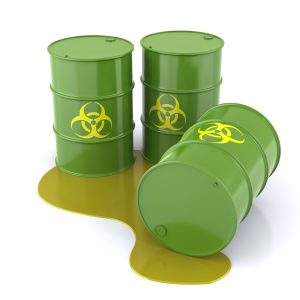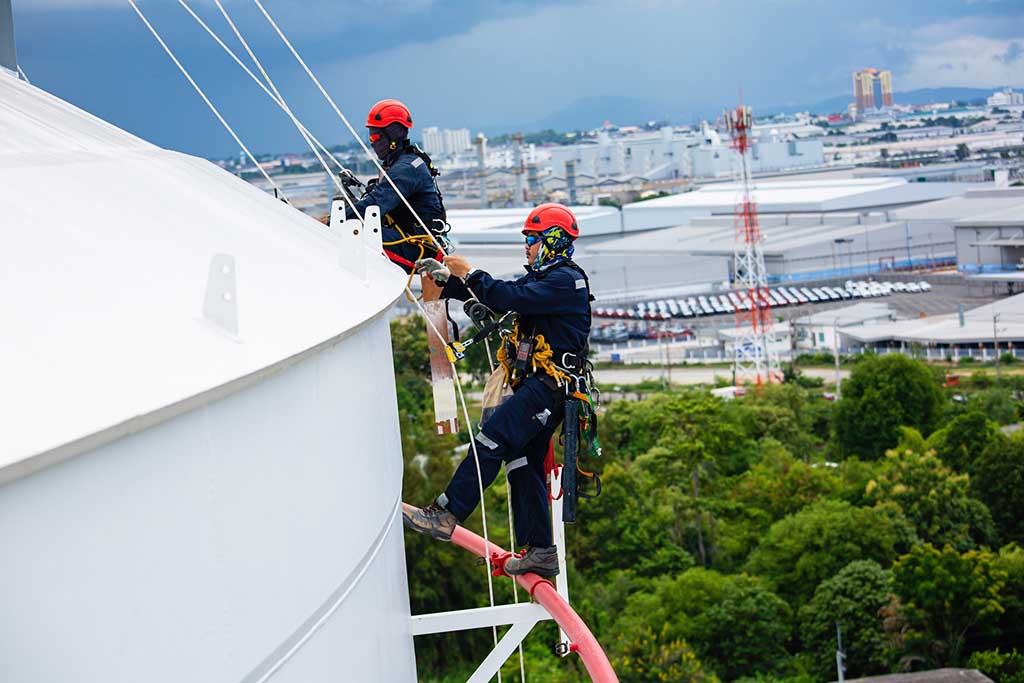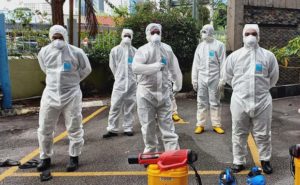When is Waste Defined as Hazardous Waste?

When is waste defined as hazardous? That is one of the most debated questions in environmental policy-making.
There is much debate about what constitutes hazardous waste, how it should be disposed of and what should be done with it.
A hazardous waste, according to most policies and programs, is any waste which (a) can cause harmful effects on the environment or (b) is intended to do so.
Hazardous waste is not limited to toxic wastes.
It also includes materials which are used for research, military activities, or industrial production but which are found to be or are expected to be hazardous because of their potential effects on the environment.
Hazardous Waste Management

The process by which hazardous waste is disposed of varies greatly.
This is largely a country-to-country issue, with compliance often being determined by each country’s environmental policy.
The concept of hazardous waste disposal is largely political-based, with the responsibility resting on the government in the host country to address resource conservation and environmental impacts in the host country.
Resource conservation is an essential component of environmental policy, and the host country is also charged with providing conducive conditions for the resource conservation involved in hazardous waste disposal.

Resource conservation means that there are limitations placed on the use of a resource, usually through legislation.
Examples of these limitations include the use of hazardous waste, the storage of waste in closed containers, the use of certain hazardous waste products, and the design and creation of waste systems.
These issues are taken into account when designing and developing waste management systems, including the facilities in which waste is stored and the equipment used to manage the waste.
Where does hazardous waste enter the environment?

Where does hazardous waste enter the environment?
The major means of entering the environment is by way of waste disposal.
Landfills are a very large contributor to the problem of hazardous waste, and landfills are becoming increasingly full, with more people placing more items into landfills each year.
In the past, landfills were not regarded as places where hazardous wastes should be disposed of, but the situation has changed and landfills are now regarded as places where hazardous waste should be disposed of.
Landfills are being developed to accommodate the needs of the growing population, but this will only bring about an increase in the creation of new landfills and an increased demand for landfills to accommodate new landfill applications.
What characteristics are hazardous wastes?
There are many characteristics of hazardous waste, but the most notable is the danger it presents to the environment.
The danger can be in the form of particulates that are airborne, solid matter that hardens and solidifies and radioactive materials.
Some harmful wastes contain toxins that can damage the ecosystem or the living things within it.
This can have detrimental effects on the local ecosystems, and could even be a cause of death or severe injury for humans.

When is waste pose a hazard to the environment and to human health?
When a hazardous waste material becomes unsafe for human use, it should be removed and disposed of in the safest way possible.
There are regulations in place to manage the care and storage of hazardous waste, but human beings are still required to take precaution when handling wastes.
When waste poses a threat to the environment and to human health, it is necessary to identify it and dispose of it in the most responsible way.
You may find us on LinkedIn, YouTube, Twitter, and Facebook if you want to learn more.
Please do not hesitate to contact us if you have any additional questions or recommendations. We look forward to hearing from you!









